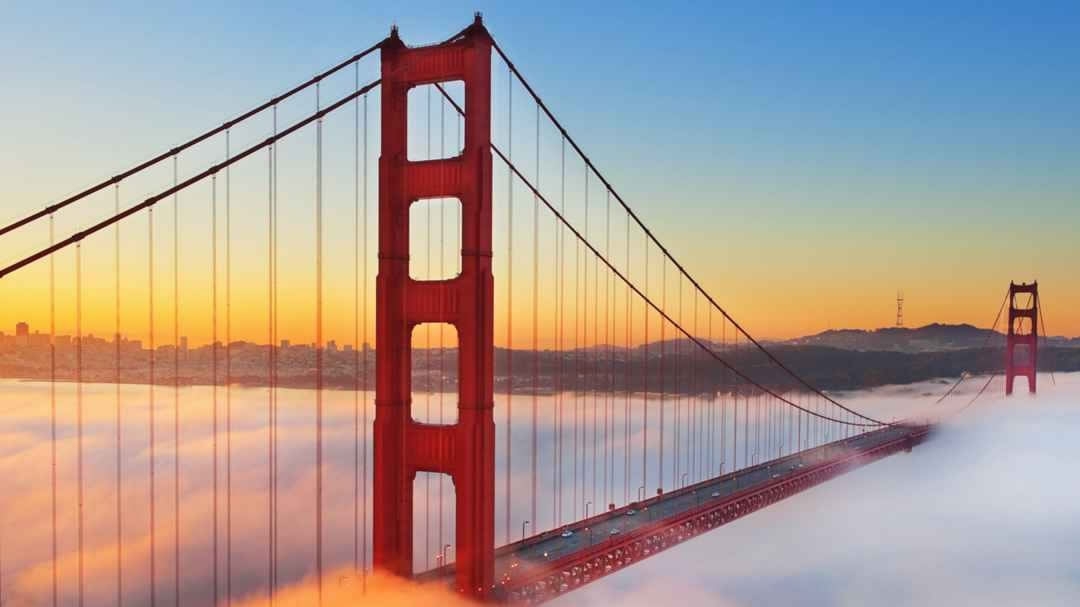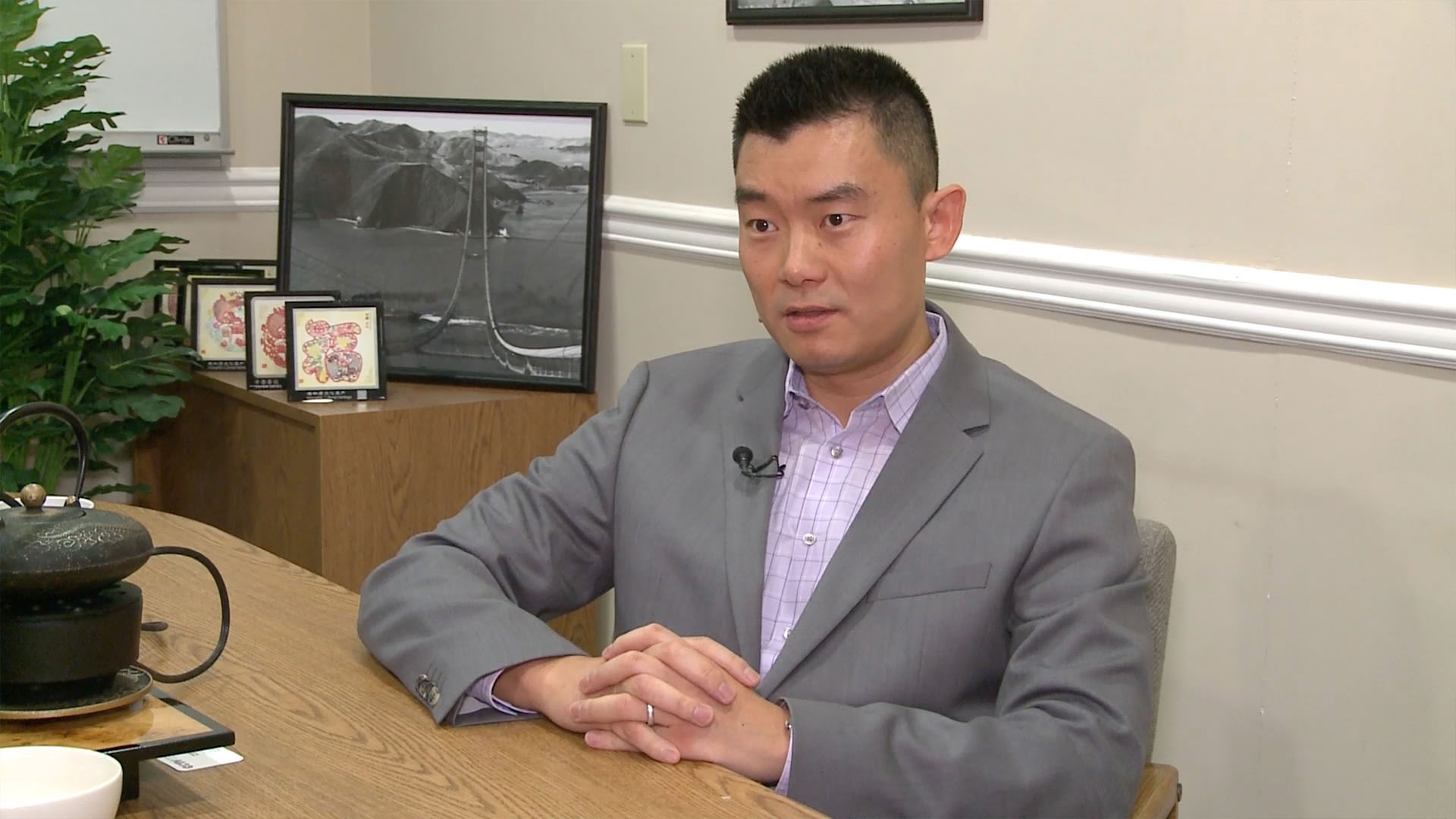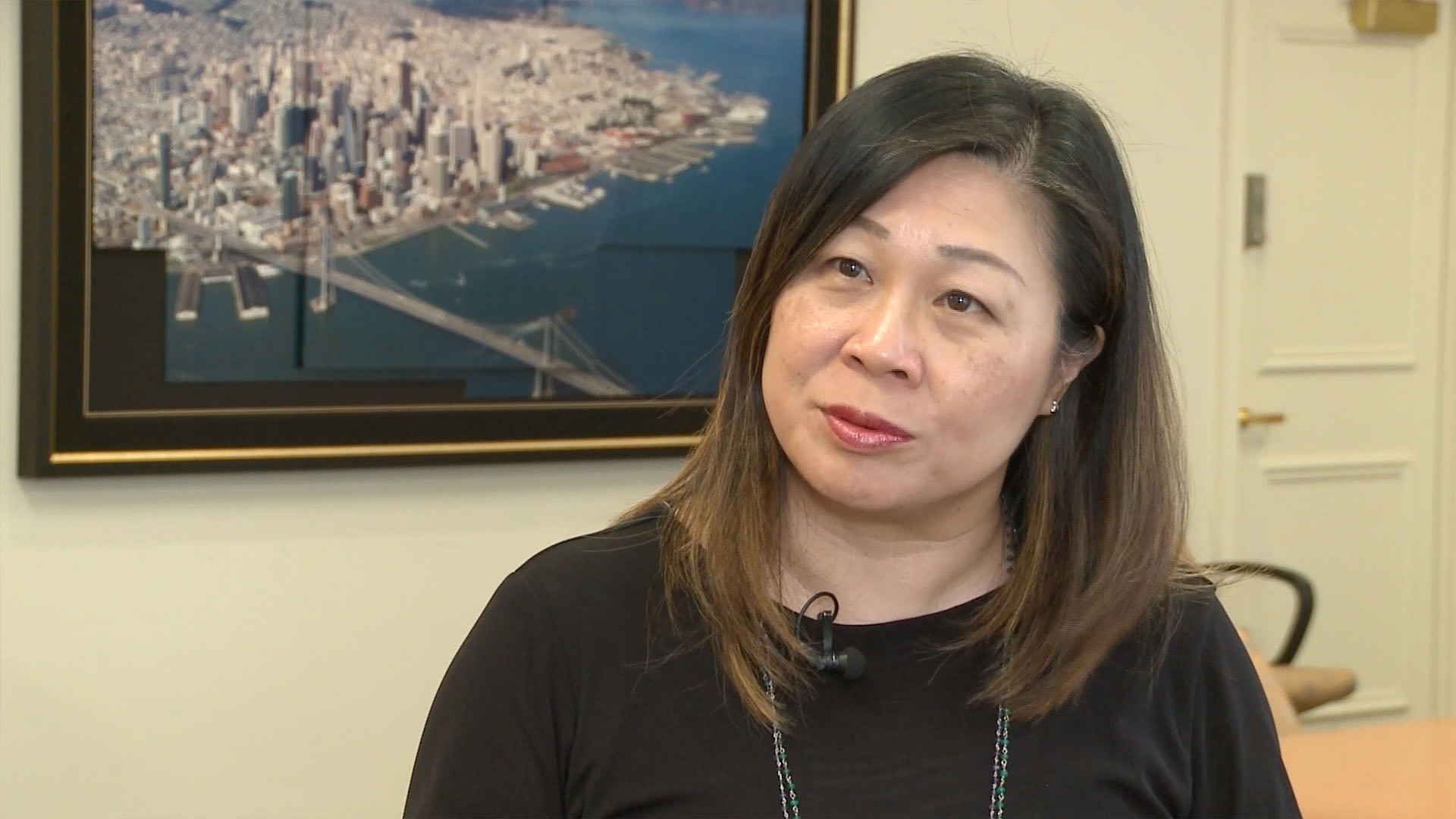
Business
15:09, 31-Mar-2018
What can China’s Greater Bay Area learn from San Francisco’s?
By Mark Niu

When people think of the term Bay Area, it is most likely the American city of San Francisco that comes to mind.
With its iconic Golden Gate Bridge, Fisherman’s Wharf, Alcatraz prison and the last manually operated cable car system in the world, the San Francisco Bay Area is one of America’s most highly sought after tourist destinations.
It was the 1849 Gold Rush that helped fuel rapid growth into the San Francisco Bay Area.
And now with technology-driven Silicon Valley considered a part of the San Francisco Bay Area, many believe a similar exploration of the unknown, is still happening today.
Ming Zhou, a professor at California’s San Jose State University who specializes in technology and supply chain operation management, believes China’s Greater Bay Area has a good opportunity at following a similar course to the one Silicon Valley has already charted.

“This entire Silicon Valley movement… there was a New York Times article calling this the new gold rush. It’s the same idea, you are on an adventure. Create some wealth, you get to keep it. If you get to keep it, that creates a strong incentive to inspire other people – the followers -- to keep following this path. So I think that’s the very first part for China’s bay area they need to be aware of and respect personal property, property rights in the sense of economics. It should be very important for the future development,” Zhou told CGTN.
Darlene Chiu-Bryant is the executive director of China SF, a city project that brings in Chinese businesses to the San Francisco Bay Area and also helps US companies expand business to China.
She says although it’s often perceived that US cities like San Francisco move at a slower pace than cities in Asia, local city governments thoroughly plan for the future.
She offers advice on how the city of San Francisco works together with its businesses.

“So we’re not here to create rules for the sake of creating rules. But the thing is we’re here to create laws and regulations that will help support and provide an environment where innovation is actually sustainable.”

SITEMAP
Copyright © 2018 CGTN. Beijing ICP prepared NO.16065310-3
Copyright © 2018 CGTN. Beijing ICP prepared NO.16065310-3